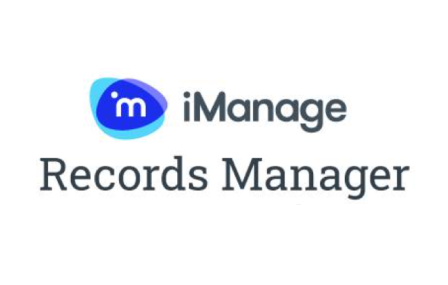The Value of Using Less Paper

Have you ever considered the value of using less paper in your business? It’s probably a lot bigger than you think. There are many hard costs and soft costs to reducing your paper use. Here are 8 ways that using less paper can save your business money.
- Less money spent on housing and managing paper: Switching to electronic records eliminates digging through drawers, asking your assistant to run this document across the office, or having to rent out the office next-door to store your ever-growing collection of files.
- Reduce offsite storage bills: There are more costs to offsite storage than just renting the space. You will incur paper fees, delivery fees, and destruction fees in the process of managing offsite records.
- Increased Office Space. If you have boxes piling up around your office taking up valuable real estate for your employees, you are costing yourself money. Reducing paper document storage onsite means less filing cabinets, less paper on desks, and more space for your employees to do their jobs.
- Increased Employee Efficiency: It takes a lot of time to manage paper records. You have to know where they are, be able to access them, have a system in place to trace the chain of custody, and move them around based on when and where they are needed.
- Faster Access: Instead of waiting hours or days to get access to paper documents that have been moved offsite you can access any archive from your computer or mobile device right away.
- Reduced Data Loss: A few months ago, here in California we had an entire community affected by a wildfire. Both homes and businesses were devastated. A natural disaster like this can happen with little warning and paper files are lost forever.
- More Opportunities for Automation: Using less paper increases access to current technology. You can automate file storage and lifecycles and also access sensitive files easily while keeping them secure.
- Better Governance: With electronic records, you can control your documents by defining which employees can access certain records. This reduces risk and increases your security around your information, giving you a better chain of custody for your files.
Example: The Cost of a Missing File
When your employees lose track of a document, it costs you money. Say an employee’s billable rate is $350 an hour. The cost of fifteen minutes spent looking for a lost file is $87.50 per day. This translates to $437.50 per week, or $22,750 annually in just time spent looking for mismanaged paper records.
This assumes just one person’s time. It does not include the staff members that get interrupted during the search, or any unrelated conversations or interruptions along the way. Switching your files to a well-managed electronic system can significantly cut your costs. If you need any help with this process, schedule a 10-minute call with me.



